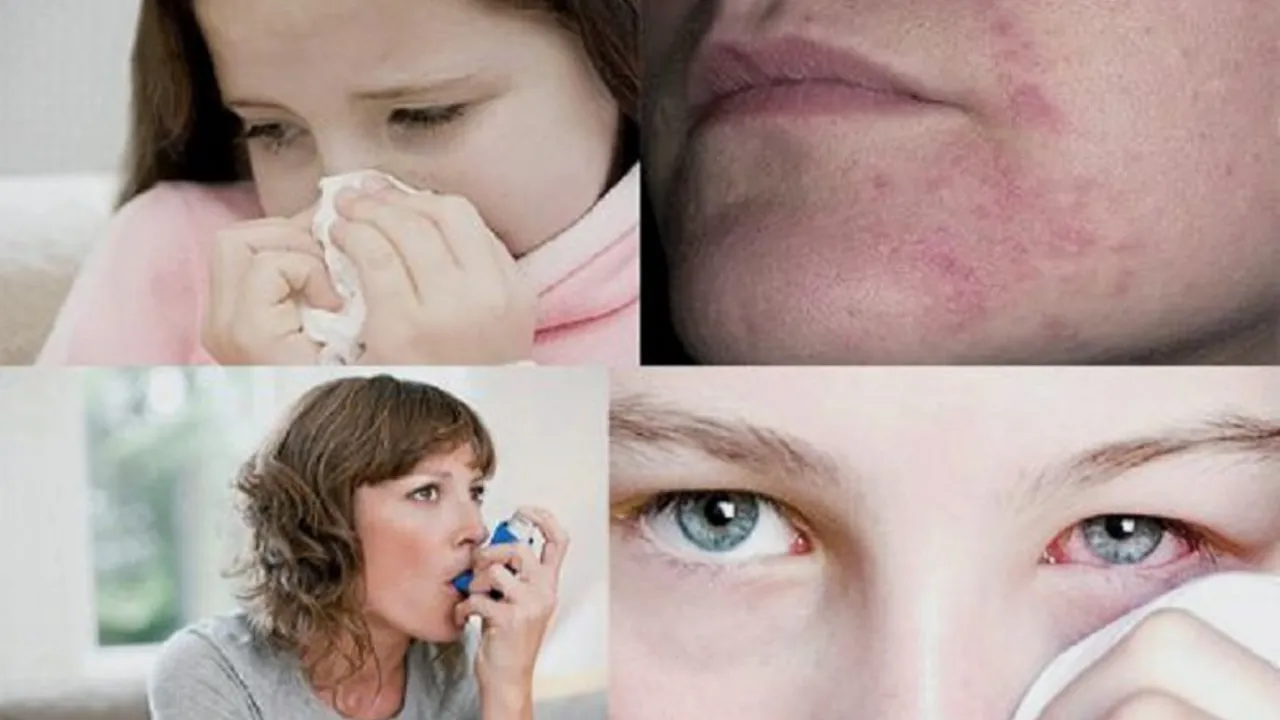Allergy treatment: Fast relief and smarter long-term care
Allergy symptoms—sneezing, itchy eyes, a runny nose—are annoying and easy to treat if you know what to try first. This page gives clear, practical steps you can use today, plus safer options if symptoms keep coming back.
Quick ways to ease symptoms right now
If you need fast relief, start with an oral antihistamine. Cetirizine, loratadine, and fexofenadine work well for most people and cause less drowsiness than older options. For itchy, watery eyes, try an over-the-counter antihistamine eye drop like ketotifen.
Nasal steroid sprays—fluticasone or budesonide—reduce inflammation and work best when used daily for several days. They’re safe for long-term use when you follow directions. For short-term nasal congestion, a decongestant pill (pseudoephedrine) or a topical spray (oxymetazoline) can help, but don’t use nasal sprays longer than three days to avoid rebound congestion.
Simple home steps help too: rinse your nose with saline to wash out pollen and allergens, use a cool compress on itchy eyes, and shower after being outdoors to remove allergens from skin and hair.
Long-term strategies and when to see a pro
Avoidance beats treatment when possible. Check local pollen counts, keep windows closed on high days, use a HEPA filter at home, and wash bedding weekly in hot water. If pets trigger symptoms, create pet-free zones like the bedroom.
If symptoms return every season or don’t respond to OTC options, consider allergy testing. A skin or blood test identifies specific triggers so you can target avoidance and treatment. For lasting relief, ask about immunotherapy—allergy shots or sublingual tablets—which can reduce sensitivity over time and cut medication needs.
Know when symptoms are an emergency. If you have trouble breathing, tightness in your throat, swelling of the face or lips, or sudden dizziness, get emergency care and use epinephrine if prescribed. For regular allergy control, work with your doctor to adjust medicines, check for drug interactions, and set a safe plan for children or during pregnancy.
Practical tips that help right away: keep a small supply of antihistamines on hand, start nasal steroids a week before your usual allergy season, and track what makes symptoms worse in a simple notebook or phone note. That data makes your next clinic visit much more useful.
If you want help choosing a product, ask a pharmacist—tell them about other medicines you take, any health conditions, and whether you’re pregnant or breastfeeding. Small changes—like switching to a non-drowsy antihistamine or adding nightly saline rinses—often make a big difference.
Allergy treatment doesn’t have to be complicated. Use quick fixes for flare-ups, build daily habits to reduce exposure, and see a provider for testing or immunotherapy if symptoms keep returning. That combo gives faster relief and fewer flare-ups over time.
Lincomycin Allergies: Symptoms, Diagnosis, and Treatment
Hey guys, in this post, we're diving deep into the world of Lincomycin allergies. We'll delve into recognising the symptoms, approaches for accurate diagnosis, and potential treatment options. If you or a close one are using Lincomycin and fear a possible allergic reaction, this article is for you! Brush up your knowledge and stay one step ahead. Remember, health is wealth!
More
